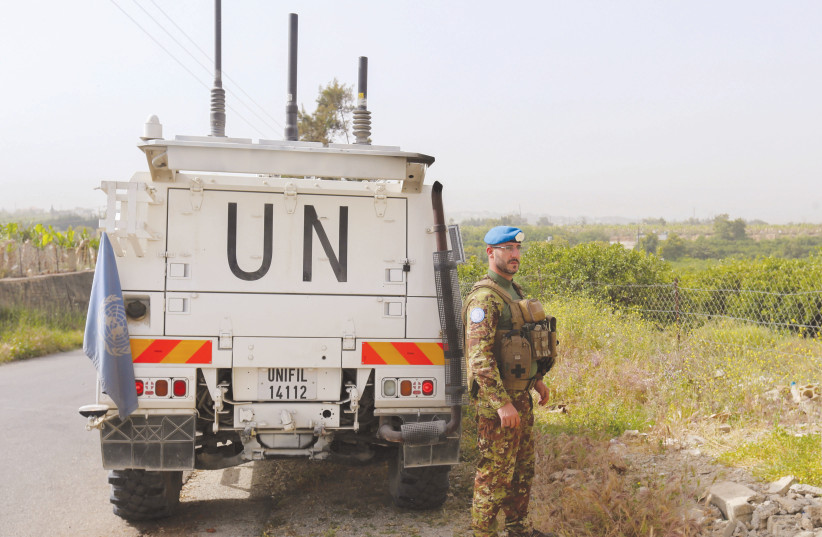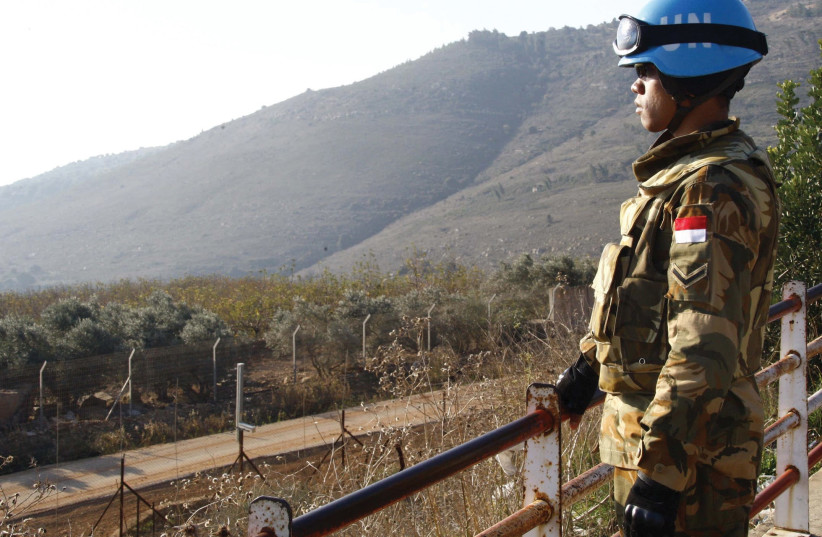 On Jewish Vulgarity
On Jewish Vulgarity
DAVID MIKICS
With John Murray Cuddihy’s ‘The Ordeal of Civility’ and Yuri Slezkine’s ‘The Jewish Century,’ Tablet begins a three-part look at the once-vibrant Jewish trait of not caring what the goyim think.
.
 WIKIPEDIA
WIKIPEDIA
The charge that Jews are vulgar now seems almost quaint, since antisemites have heavier weapons in their repertoire, like calling Jews settler colonialists, white racist warmongers, and bloodsucking masters of Hollywood and the entire universe alike. Yet Jewish lack of manners was once taken seriously both by Jews and by their gentile neighbors and competitors. The vulgar, unmannerly Jew was a countercultural force, and not just a reason for shame and repression.
It took a lapsed Irish Catholic CUNY sociologist named John Murray Cuddihy to make the case for Jewish vulgarity, in his book The Ordeal of Civility, published in 1974. The Ordeal of Civility, which is something of a cult classic, is long out of print. In its time the book was notorious: Here was a non-Jew talking about vulgar Jews, as if this were a real thing. Clapping the lid over such a shonda was the primary task of some reviewers, who hinted that Cuddihy must be an antisemite.
It is bad manners to talk about Jewish bad manners the way Cuddihy did— and even more so today than 50 years ago. But his book made a powerful case that Cuddihy did not see vulgarity as a flaw but instead as a weapon Jews used to disrupt gentile society—for which he admired them. Jews deployed their rudeness to make a principled argument against the goyim (a word Cuddihy didn’t shy away from), who were cultural prisoners of a hypocritical code that swept unruly emotions under the rug and leaned on polite euphemism to conceal the vampiric nature of capitalist exploitation. The grand Marxist and Freudian theories about the human condition have a crude Jewish impulse at their core, Cuddihy argued, which makes them more, not less, compelling.
The Ordeal of Civility revolves around what Cuddihy calls the “unconsummated ritual courtship” between Jews and gentiles. Jewish emancipation was supposed to result in the gentiling of Jewry. But the Jews kept backsliding. In 1922 Walter Lippmann warned his coreligionists that “the Jew is conspicuous, and unless in his own conduct of life he manages to demonstrate the art of moderate, clean and generous living, every failure will magnify itself in woe …” Similarly, African American uplifters said freedom would only arrive when the Black masses threw off their downhome ways, a polemic juicily satirized by Ellison’s Invisible Man. Every recently decolonized people, among whom Cuddihy counts the Jews, is forced to suffer through respectability sermons.
Cuddihy saw that what seemed to outsiders like Jewish brusqueness was actually intimacy. One of Freud’s favorite jokes was about a Jewish railway passenger, alone in his compartment, who has put his feet up on the seat. When a stranger enters, the Jew nervously sits up straight with his feet on the floor. But then the newcomer, flipping through his calendar, asks the Jew “When is Yom Kippur?” and so the Jew, reassured that he is in the presence of a landsmann, puts his feet back up on the seat.
“Eastern European Jewish intimacy … excludes ‘respect,’” Cuddihy comments. He cites the psychoanalyst Theodor Reik, who marvels that in Jewish life “aggression does not produce estrangement but puts an end to it.”
Cuddihy devotes much of The Ordeal of Civility to Freud, whose interpretive antennae were always alert for inappropriate, overheated emotions (Jewish emotions, says Cuddihy). Erving Goffman, in a passage that Cuddihy quotes, defines the Freudian symptom as “an infraction of a rule regarding affect restraint during daily encounters.” Cuddihy moves on to a description of Amalia Freud, Sigmund’s mother, written by Freud’s son Martin:
These Galician Jews had little grace and no manners, and their women were certainly not what we should call “ladies.” They were highly emotional and easily carried away by their feelings. But, although in many respects they would seem to be untamed barbarians to more civilized people, they, alone of all minorities, stood up to the Nazis. These people are not easy to live with, and grandmother, a true representative of her race, was no exception. She had great vitality and much impatience.
Letting the symptom speak, as Freud tried to do, was tantamount to letting the Jew speak—in this case, Freud’s mother. Amalia Freud’s badgering impatience and outspokenness were anathema to gentile repression.
Freud’s straightforward treatment of sexuality also had Jewish roots, Cuddihy claims. Max Weber saw in Jewish sexual life “the marked diminution of secular lyricism and especially of the erotic sublimation of sexuality.” Jews were bewildered by the goyishe emphasis on prolonged courtship and yearning for the beloved from afar. The shadkhn was down to earth, ready to talk takhles. Let’s get down to business was his or her motto.
At one point, Cuddihy recounts a 1908 visit to Freud by the Swiss gentile psychiatrist Eugen Bleuler and his wife, who both urged Freud to make his doctrine socially acceptable by using a more polite word than sexuality. Cuddihy is convinced that Freud saw Bleuler’s appeal as “religious proselytization: they were offering to perform rhinoplastic surgery on his id (the ‘sexuality’ he discovered behind symptoms). What he heard from these awfully ‘kind’ goyim was: ‘Only change your name, and we’ll accept you. Let us do a nose-job on you, then we’ll accept you (i.e., your id theory, your ‘Yid’) …”
Cuddihy carries on like this to suggest the likeness between his own boldness and that of his Jewish subjects. But he also identifies with the embarrassment that “assimilating ‘exception’ Jewry” felt when faced with scruffy Ostjuden. When he “pass[es] rheumy-eyed ‘Bowery bums’—typically, Irish (all stereotypes are, more or less, accurate),” Cuddihy confessed that he felt “sympathy, fear, shame, dishonesty.” Like most interesting things, vulgarity compels ambivalence.
Cuddihy’s The Ordeal of Civility has its flaws. Cuddihy spends much time detecting, and sometimes inventing, the anxious efforts of Jewish intellectuals and writers to avoid seeming “too Jewish.” Cuddihy doesn’t seem to know that hordes of learned Jews have avidly devoured the high culture of the West without pretending to be gentiles. Think about Egbert Shapiro in Bellow’s Herzog—based on the scholar Ben Nelson, whom Cuddihy quotes—energetically discoursing on Russian Orthodoxy while salivating over a jar of pickled herring. Bad manners signify the Jewish greed for knowledge.
Yuri Slezkine’s virtuosic gospel The Jewish Century (2004) talks back to Cuddihy’s Old Testament. With panache, excitement and mountainous learning, Slezkine makes the case that the modern world required everyone to become a Jew, that is, a “service nomad” well-accustomed to living in the midst of strangers and gauging their needs and desires. Cuddihy wrote about Jews being compelled to emulate non-Jews. But Slezkine described the Judaizing of gentiles. The Jew, like the overseas Chinese, became a model of entrepreneurial flexibility in a new world of buyers and sellers.
Yet Jews and gentiles were still distinct, Slezkine adds, and in their difference a disaster lurked. Non-Jews turned into proud nationalists, while Jews remained rootless. Even after they established their own country they were, and still are, snubbed as nationless colonizers. Nationalists targeted the tawdry, exploitative business Jew, who was a homeless parasite, never a “real” German or Hungarian. And so many Jews looked toward the new internationalist homeland, the Soviet Union, which promised to liberate Jews from the vulgar cash nexus that was their source of shame.
Socialism for Jews, Slezkine writes, meant (what Marx called):
the “emancipation from haggling and from money, i.e. from practical, real Judaism.” Most radical Jewish memoirists remembered struggling with the twin evils of tradition and “acquisitiveness”: as far as they were concerned, the Jewish tradition was about acquisitiveness. … The Jews, as a group, were the only true Marxists because they were the only ones who truly believed that their nationality was “chimerical”; the only ones who—like Marx’s proletarians but unlike the real ones—had no motherland.
When Jews turned against capitalism, aka Jewish vulgarity, and started to invade the higher echelons of Marxist theory and praxis, they paradoxically brought Talmudic reasoning into the brave new science. Marxist dialectics blatantly depended on hairsplitting, ersatz refinement, and overcoming common sense for the sake of theory. Slezkine notes that both communist and Talmudic exegesis “were built around the division of the world into ‘clean’ and ‘unclean’ spheres, and … both pursued purity by multiplying meaningless rules and by pretending to reconcile them to each other and to the unruly reality of human existence.”
Slezkine busted a taboo by pointing out that Jews were vastly overrepresented in the communist theory vanguard, just as they were in the European nouveau riche. In the Cold War that defined the latter half of the 20th century, pious Americanism battled an equally pious Soviet communism, which was at least partly a Jewish social and intellectual construction, more turgid and far more cruel than the American brand, yet similar in its camera-ready phoniness.
American Jews who clung to their native vulgarity were ready to lampoon everyone’s pieties. The satirical scriptures of the ‘60s, from Mad magazine to Dr. Strangelove to Portnoy’s Complaint, prove that tastelessness was alive and kicking when the global stakes were highest. The one time I saw him, in the 1980s, Abbie Hoffman seemed to me a genuine charismatic, as well as a matchless stand-up comic. Like Lenny Bruce, Mel Brooks or the gang at Mad, he sensed how Jewish vulgarity could explode the sacred cows of genteel society.
Sadly, the Jewish vulgarity celebrated by Cuddihy is no longer seriously provocative or well-tolerated by Jews. Shows like Curb Your Enthusiasm hawk Jewish rudeness for easy laughs, proving that the vulgar Jew has declined from a real threat into an amusing, half-legendary caricature. When confronted with the ongoing cultural hostility toward Jews by gentiles, the Jewish response now is not to blow raspberries and tell better jokes but to crawl, hide or sue. The exuberance of Jewish vulgarity, and the in-group solidarity of the shtetlakh it expressed, are both missing.
Jewish incivility with real bite will probably never return—its historical moment has passed. But the unabashed and often delirious vulgarity that Cuddihy described, which melded Jewish aggression with communal solidarity, self-respect, and a capacious humanity, would be a worthy antidote to today’s toxic online polemics, and to the stale, frozen, and frightened state of the American Jewish culture they target.
Zawartość publikowanych artykułów i materiałów nie reprezentuje poglądów ani opinii Reunion’68,
ani też webmastera Blogu Reunion’68, chyba ze jest to wyraźnie zaznaczone.
Twoje uwagi, linki, własne artykuły lub wiadomości prześlij na adres:
webmaster@reunion68.com



